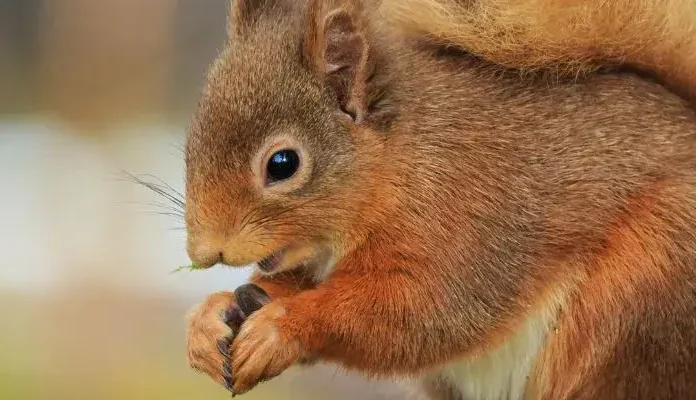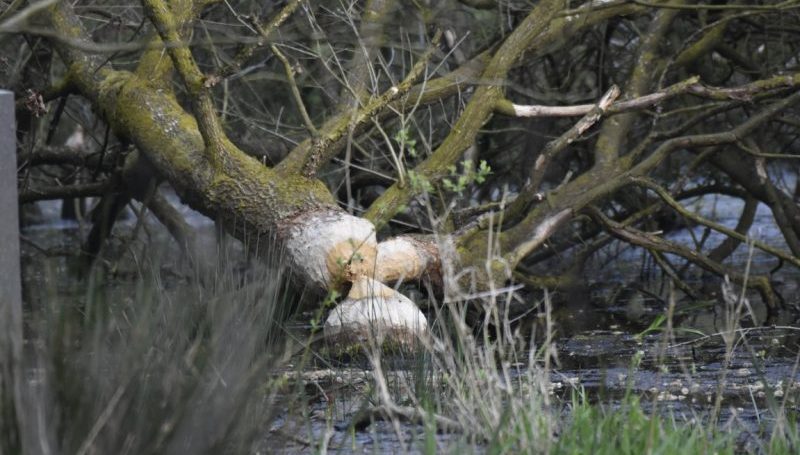We all know how busy ecologists are during the summer season. However, no one really talks about what we do during the autumn and winter months. Before I started my career, I always wondered what ecologists do when the species you survey are hibernating? When bats hibernate in their roosts, badgers are tucked away in their setts, dormice are snuggled in their winter nests, and reptiles hibernate in loose soil and among understorey vegetation; what do ecologists do? I know after a long survey season; many would love to join in and hibernate right up until March. Sadly, ecologists have lots of other work to do.
It’s true that winter months are generally a bit quieter than the summer months, so ecologists can spend more time working on office-based tasks. After a busy survey season, the first thing ecologists can do is catch up on work that cannot be done during the season. This includes sorting through data collected during the season that will be used for reports. This could be bat data, which would need to be analysed first to determine different species present.
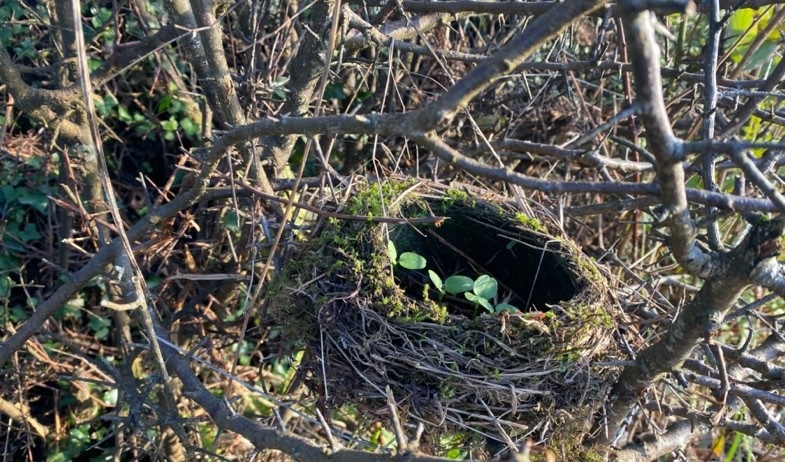
Report writing is a massive part of being an ecologist. Reports during the winter months can range from species-specific reports to Preliminary Ecological Appraisal Reports (PEARs) and Habitats Regulations Assessments (HRA). Getting these out to our clients is one of the main jobs during the winter months and getting ready for the surveys that those reports may recommend for the upcoming season.
One of the jobs that come from writing reports includes carrying out Ecological Clerk of Works (ECoW) on projects. If you’re not writing reports for clients, you’re spending your time on site. So, if you think the work boots are put away for the winter not to be seen until the summer, you’d be wrong!
ECoW is a fundamental role on-site where ecologists help provide advice on ecological receptors affected by different development plans. They oversee the management of the risks on construction and development sites and ensure that tailored ecology plans are delivered effectively to ensure the survival of local protected species and habitats.

Site work can vary from riparian surveys looking for evidence of otters (such as spraint, footprints, and holts in ditches and watercourses), to carrying out Ground Level Tree Assessments (GLTA) looking for potential features in trees that bats can use for roosting. Also, bat hibernation roost monitoring can be undertaken to determine whether a known roost is in use or to find a potential new hibernation roost. These surveys can provide data to help with recommendations and mitigation for potential developments and works.
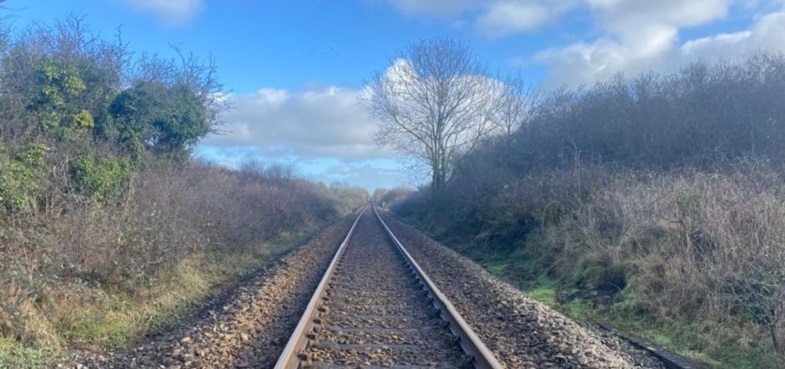
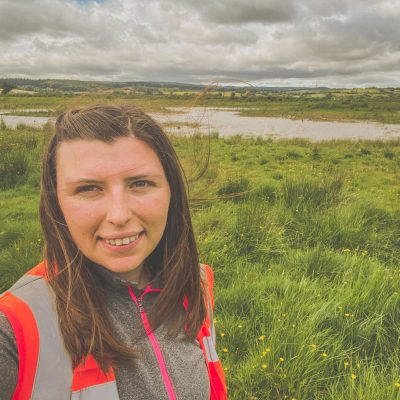
"Like the busy summer season, not all days are the same. Every day brings another adventure, and I find myself learning more every day."
Abbie Jenkins
Graduate Ecologist



